Union Official Seeks Safety Commission to Study Worker Deaths
Statewide AFL-CIO head contends Wyoming can do more to protect employees
May 15, 2023
(Courtesy image from the Wyoming Department of Workforce Services)
By K.L. McQuaid
Special to the Wyoming Truth
In the wake of an annual report that ranked Wyoming as the state where workers are most likely to die on the job for the second consecutive year, a leading union activist plans to ask Gov. Mark Gordon to form a commission to determine improvements.
Wyoming AFL-CIO Executive Director Tammy Johnson said a “Safety Commission” should be created to recommend ways to stem worker and workplace deaths in the state.
“We’re calling on the state to do more,” Johnson said. “The attitude at the state level is that workers die on the job here because there’s a lot of dangerous work. My counter to that is that if you know a dog bites, you do something about the dog.”
Johnson’s call for a panel to recommend greater workplace safety measures comes in the aftermath of federal data showing Wyoming led the nation in workplace and worker deaths for the second straight year in 2021, the most recent information available.
In all, 27 people died while working in Wyoming in 2021, according to the U.S. Bureau of Labor Statistics (BLS) findings. That figure topped the nation, ahead of Alaska, South Dakota, North Dakota and West Virginia – states with similar industries and occupations.
The number of deaths dropped 23% from 2020, however, when 35 people lost their lives while on the job, the annual Census of Fatal Occupational Injuries report stated.
By comparison, nationwide 5,190 workers died in 2021, an increase of 9% from the year prior, BLS data shows.
Johnson said workers in Wyoming typically die on the job at three times the national average.
“Every year we just hold our breath and hope the number of deaths is lower,” she said.
State officials attribute many of the deaths to Wyoming’s extensive interstate highway network, which together with often harsh weather conditions make driving difficult in many months.
The BLS data shows 37% of all workplace deaths in Wyoming in 2021 occurred on roadways. An even greater number of deaths, at 12 – or 44% – occurred because of falls, exposure to harmful substances or contact with objects or equipment, the BLS report indicates.
Workers aged 55 to 64 years old were most likely to die on the job two years ago, the report notes.
State officials acknowledge that Wyoming worker deaths could be reduced with heightened training and other programs.
“We know that implementing controls and training can greatly reduce the potential for fatalities,” Karen J. Bebensee, an Occupational Safety and Health Administration (OSHA) program manager at the Wyoming Department of Workforce Services, wrote on the agency’s website in advance of this year’s Workers’ Memorial Day, on April 28.
“We all share this commitment to each other, our families and our communities.”
To that goal, the department has since 2006 held an annual “Safety Summit” that provides workshops on workplace safety, speakers and OSHA demonstrations.
This year’s two-day gathering, which took place last month in Cheyenne, was attended by roughly 250 people.
“We considered it a very good turnout coming out of the pandemic,” said Erin Turbitt, a department spokeswoman.
Turbitt added the department also maintains a Safety & Risk Division within the agency.
But the AFL-CIO’s Johnson maintained the state has done little to curb worker deaths and severe injuries in recent years. She pointed to the fate of House Bill 204 as evidence.
The bill, filed during the most recently concluded session of the Wyoming Legislature, would have prohibited railroads operating in the state from running trains longer than 8,500 feet in length.
The bill also would have penalized railroad operators up to $250,000 if they committed a “grossly negligent violation” in which a worker was either killed or severely injured.
It died in committee in early February.
Johnson added that increasing the number of OSHA staff in the state, together with toughening laws that hold employers accountable when deaths occur, would help decrease workplace fatalities.
And while the number of worker deaths in Wyoming fell between 2020 and 2021, Johnson and others are bracing for a deadly rebound in 2022, based on employment figures.
Between the fourth quarter of 2o21 and the final three months of last year, for instance, mining employment – a sector traditionally viewed as among the more dangerous in the state – rose 9.4%, adding 1,454 jobs, according to BLS figures.
That hike and similar increases in sectors where many deaths have occurred leave Johnson convinced a safety commission is needed.
“I may convene my own commission if the governor chooses not to do so,” she said.
Gordon’s office declined to comment.
“Other places have the same industries we do,” Johnson said. “What are other states doing to prevent deaths?
“Many deaths in Wyoming are deemed to be roadway deaths,” she said. “But speed limits and road conditions are fixable things. Why don’t we do them?”
The Wyoming Truth is a nonpartisan, nonprofit news operation dedicated to helping the community and fighting for the rights of local citizens. To sign up for a free subscription, or to make a donation, please go to www.wyomingtruth.org. Other media outlets are free to run this article as long as they credit the “Wyoming Truth.” If you have any tips about this issue or others, or for more information about the Wyoming Truth, contact us at info@wyomingtruth.org.

